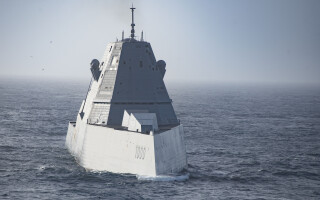RDECOM investigates carbon nanotubes for rotor blade improvement
NewsJune 13, 2013

ADELPHI, MD. The U.S. Army Research, Development and Engineering Command (RDECOM) research laboratory is conducting a study on the insertion of carbon nanotubes into helicopter rotor blades. Researchers are hopeful that the nanotubes will provide improved performance for design and fabrication of next-generation rotor blades and fixed wings.
The team of structural and mechanical engineers are embedding the carbon nanotubes within the composite matrix, resin material, and near the hub of the rotor blades, which they believe could limit the tradeoff between stable blades that transmit high vibratory loads and low-vibration blades with less structural integrity. With carbon nanotubes inherent to the blade structure, the team hopes to eliminate this tradeoff, as well as improve energy dissipation and damping. This would improve payload, speed, and range of vertical lift aircraft, and remove the need for radical new rotorcraft design concepts.
"We would like to be able to design blades that transmit low loads yet still have good stability characteristics," says Brian Glaz, Research Engineer, U.S. Army Research Laboratory Vehicle Technology Directorate. "We believe [the] improvement in damping can be exploited to so drastically improve stability without adding weight or mechanical complexity that rotorcraft designs never considered possible may become reality."






